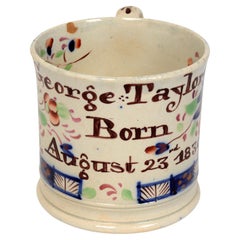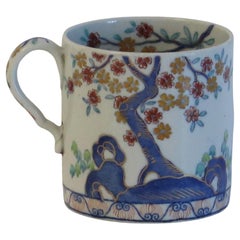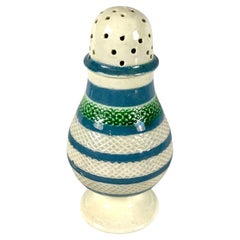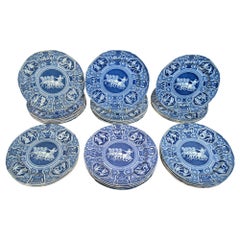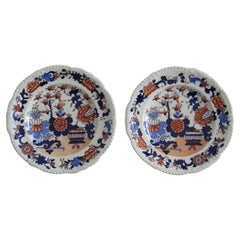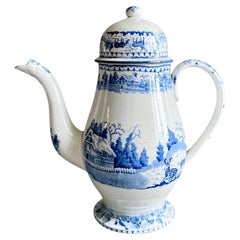Early 19th Century Pottery
English Antique Early 19th Century Pottery
Pottery
English Georgian Antique Early 19th Century Pottery
Ironstone
Antique Early 19th Century Pottery
Pearlware
English Neoclassical Antique Early 19th Century Pottery
Pearlware, Pottery
English Georgian Antique Early 19th Century Pottery
Ironstone
English George III Antique Early 19th Century Pottery
Pearlware
English Chinoiserie Antique Early 19th Century Pottery
Ironstone
English George III Antique Early 19th Century Pottery
Creamware, Pottery
European Classical Roman Antique Early 19th Century Pottery
Pottery, Terracotta
English Antique Early 19th Century Pottery
Pottery
English Chinoiserie Antique Early 19th Century Pottery
Ironstone
English Chinoiserie Antique Early 19th Century Pottery
Ironstone
English Chinoiserie Antique Early 19th Century Pottery
Ironstone
English Georgian Antique Early 19th Century Pottery
Ironstone
English Georgian Antique Early 19th Century Pottery
Ironstone
English Chinoiserie Antique Early 19th Century Pottery
Ironstone
English Chinoiserie Antique Early 19th Century Pottery
Ironstone
English Georgian Antique Early 19th Century Pottery
Ironstone
English Folk Art Antique Early 19th Century Pottery
Pearlware, Pottery
English Chinoiserie Antique Early 19th Century Pottery
Ironstone
English Neoclassical Antique Early 19th Century Pottery
Pearlware, Pottery
English Chinoiserie Antique Early 19th Century Pottery
Ironstone
English Georgian Antique Early 19th Century Pottery
Ceramic, Pottery
French French Provincial Antique Early 19th Century Pottery
Pottery
Chinese Qing Antique Early 19th Century Pottery
Stoneware
English Chinoiserie Antique Early 19th Century Pottery
Ironstone
English Chinoiserie Antique Early 19th Century Pottery
Ironstone
English Chinoiserie Antique Early 19th Century Pottery
Ironstone
English Romantic Antique Early 19th Century Pottery
Stoneware
English Chinoiserie Antique Early 19th Century Pottery
Ironstone
English Georgian Antique Early 19th Century Pottery
Creamware
English Chinoiserie Antique Early 19th Century Pottery
Ironstone
English Chinoiserie Antique Early 19th Century Pottery
Ironstone
Early Victorian Antique Early 19th Century Pottery
Pottery
English Georgian Antique Early 19th Century Pottery
Ironstone
English George III Antique Early 19th Century Pottery
Pottery
English Georgian Antique Early 19th Century Pottery
Ironstone
English Georgian Antique Early 19th Century Pottery
Ironstone
English Georgian Antique Early 19th Century Pottery
Ironstone
English Chinoiserie Antique Early 19th Century Pottery
Ironstone
English Georgian Antique Early 19th Century Pottery
Pearlware, Pottery
Victorian Antique Early 19th Century Pottery
Pottery
English Georgian Antique Early 19th Century Pottery
Ironstone
English Chinoiserie Antique Early 19th Century Pottery
Ironstone
English Chinoiserie Antique Early 19th Century Pottery
Ironstone
English Georgian Antique Early 19th Century Pottery
Ironstone
English Antique Early 19th Century Pottery
Pearlware
English George III Antique Early 19th Century Pottery
Pottery
English Chinoiserie Antique Early 19th Century Pottery
Ironstone
Spanish Rustic Antique Early 19th Century Pottery
Pottery
Nigerian Primitive Antique Early 19th Century Pottery
Pottery, Rattan
English Neoclassical Antique Early 19th Century Pottery
Pearlware, Pottery
Georgian Antique Early 19th Century Pottery
Pearlware, Pottery
English George III Antique Early 19th Century Pottery
Stoneware
English Georgian Antique Early 19th Century Pottery
Creamware, Pottery
English George III Antique Early 19th Century Pottery
Ironstone
English Regency Antique Early 19th Century Pottery
Pearlware, Pottery
English Regency Antique Early 19th Century Pottery
Clay
English Regency Antique Early 19th Century Pottery
Pottery
French French Provincial Antique Early 19th Century Pottery
Terracotta
Read More
1882 Ltd. Looks to the Future of Ceramics in the U.K. with an Eclectic Exhibition and Auction
Faye Toogood and John Pawson are among the list of plate designers.
How the Chunky, Funky Ceramics of 5 Mid-Century American Artists Balanced Out Slick Modernism
Get to know the innovators behind the pottery countercultural revolution.
